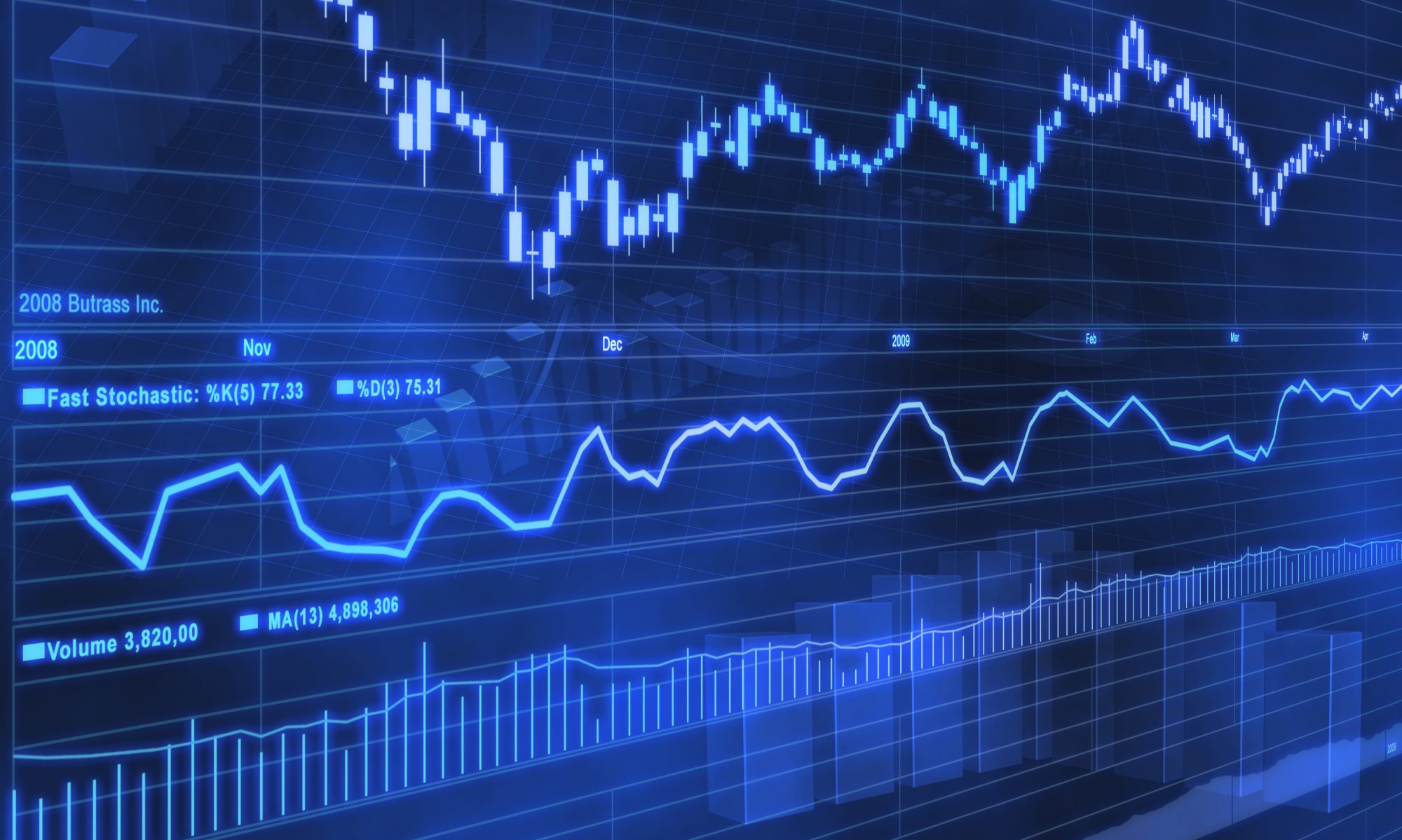Over the last decade the S&P Composite Index has increased 3.3 fold since it hit rock bottom in March 2009. Over the same period we have seen a 3.8 fold increase in earnings per share from the S&P Composite Index companies. So, while there is continued scepticism about how high the US stock market can go in the short term, earnings per share growth over the last decade has been greater than the increase in stock market indices.
If we look over the last two years, in light of Donald Trump’s inauguration, stock prices have increased by 24% while earnings per share have risen by 20%. In reality the difference is minimal but where does this leave markets in the short, medium and longer term?
Benefiting from low costs
It is no surprise to learn that not only US companies, but companies around the world, have benefited from relatively low cost bases in light of the 2008 worldwide economic collapse. As economies struggled to recover, this placed extreme pressure on wage inflation with many people “happy to have a job”. Historically wage inflation has lagged business revenues, so as the economic recovery finally kicked in this allowed companies to report improved earnings. This strengthened sentiment which allowed companies to grow with the gap between cost rises and revenue increases maintained or even widened.
Costs will catch up
At some point sales revenues will begin to flatten out, even if just for a relatively short period, but costs will rise as the catch up process continues. This means in the short term it could be harder for companies to report similar growth in earnings per share to that seen over the last few years. As growth begins to flatten, as it ultimately will, this will impact sentiment, prompting some to take profits and stock markets could soften. Sound too simple?
Cheap finance
Over the last decade cheap finance has been the backbone of not only the US but also the worldwide economic recovery. Gradually, US interest rates are ticking higher as they are in other countries around the world. This will increase the cost of finance, reducing short to medium term investment returns and thereby putting greater pressure on sales growth. If wage inflation continues to rise, and sales growth slows, the added impact of more expensive financing costs could create a double whammy.
Beware the bear market
We have seen hundreds if not thousands of studies into stock market movements as analysts try to locate the Holy Grail of investment, signals for both bear and bull markets. The reality is that looking back it is very easy to “see the signs” but very few people regularly react before the direction of markets change. As a consequence, when, it is not a case of if, the bear market eventually hits it will be unexpected and a shock to many people. This may be one day away, one month away, five years or even a decade away.
Conclusion
While earnings per share growth figures support the rise in US stock markets over the last decade, and since Donald Trump became president, you need to look below the surface. Many companies have benefited from a recovery in sales, with costs still subdued, and the availability of cheap finance. As the lag between costs and sales reduces, with sales unable to increase year-on-year forever, then future price-earnings ratios will come under pressure. Add in a gradual increase in US interest rates and there are additional finance costs to take into account.
How, when and to what degree the markets will react to the above variables is debatable. One thing which is not debatable, it will happen at some point!

